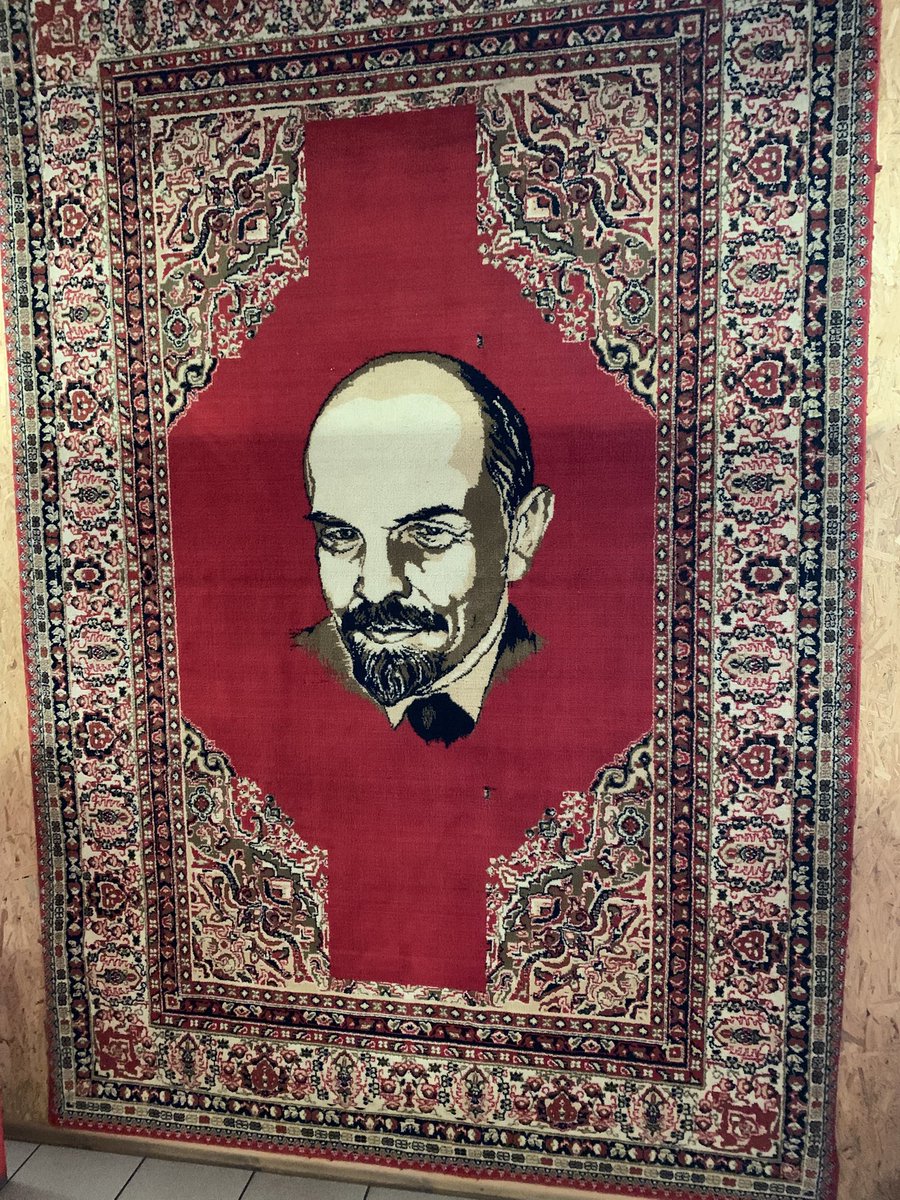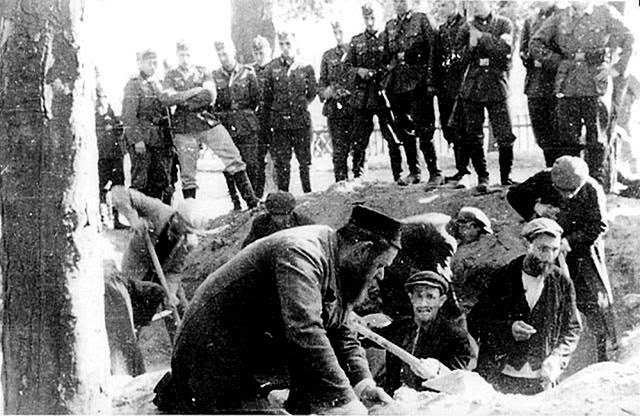On this Day - German and Soviet units convened for a joint parade in the Polish city of #Brest. Here, the two commanders - General Heinz Guderian and Brigadier-General Semyon Krivoshein - share a joke on the reviewing stand. #Poland1939 #NaziSoviet 

Here a Soviet T-26 tank passes a waiting Wehrmacht motorcycle reconnaissance unit. Friendly cooperation between the two allies. #NaziSoviet 

Conversation was sometimes stilted, but common ground could be found in the universal language of cigarettes. #NaziSoviet #Poland1939 

Guderian and Krivoshein conversed in French. Guderian would boast about German hardware; Krivoshein would reply "We have better". #Poland1939 

Krivoshein later claimed to have taken part in the parade only reluctantly.
Interviewed by German journalists on the day, however, he raised a toast to #Hitler and #Stalin and invited the journalists to visit him "after the victory over capitalist England". #NaziSoviet
Interviewed by German journalists on the day, however, he raised a toast to #Hitler and #Stalin and invited the journalists to visit him "after the victory over capitalist England". #NaziSoviet

• • •
Missing some Tweet in this thread? You can try to
force a refresh

















